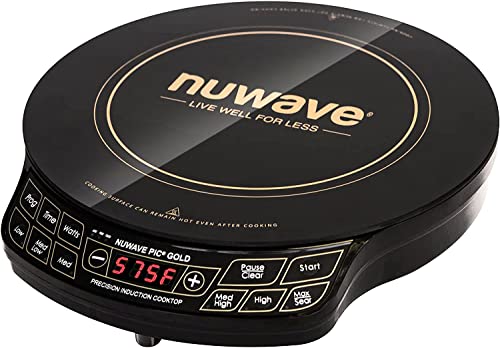DLTooley
Well-known member
tx2sturgis said:The fuse panel is fine, but I personally would not wire the main fuse panel to the load output of the solar controller.
Especially since your drawing shows a high amperage fuse in line.
Most of these load outputs have about a 10 amp max. They are meant for low-current loads that run continuously like LED lights on a building or sign.
Multiple loads, all powered up, like the roof fan, a compressor fridge, charging a laptop, and smartphone, etc, could exceed this rating.
It would be OK to run only LEDs or other low current items on that load terminal, and provide adequate, fused power to the fuse panel seperately.
The Victron 75/15 is 15 amps. The list of loads above will run under that. You would not want to connect a larger inverter to the load terminals, definitely. With the Victron you will get an accurate picture of both charge and load power and no further battery management is needed.
Loads cause voltage drop, I'd guess most quality chargers will adjust for that, but I'd still like them separate. With a cheap charger it might be even more important, though you are also more likely to have poor internal circuit protection - and a ten amp limit. If the cheap charger fails, that would be a good time to upgrade....









































































